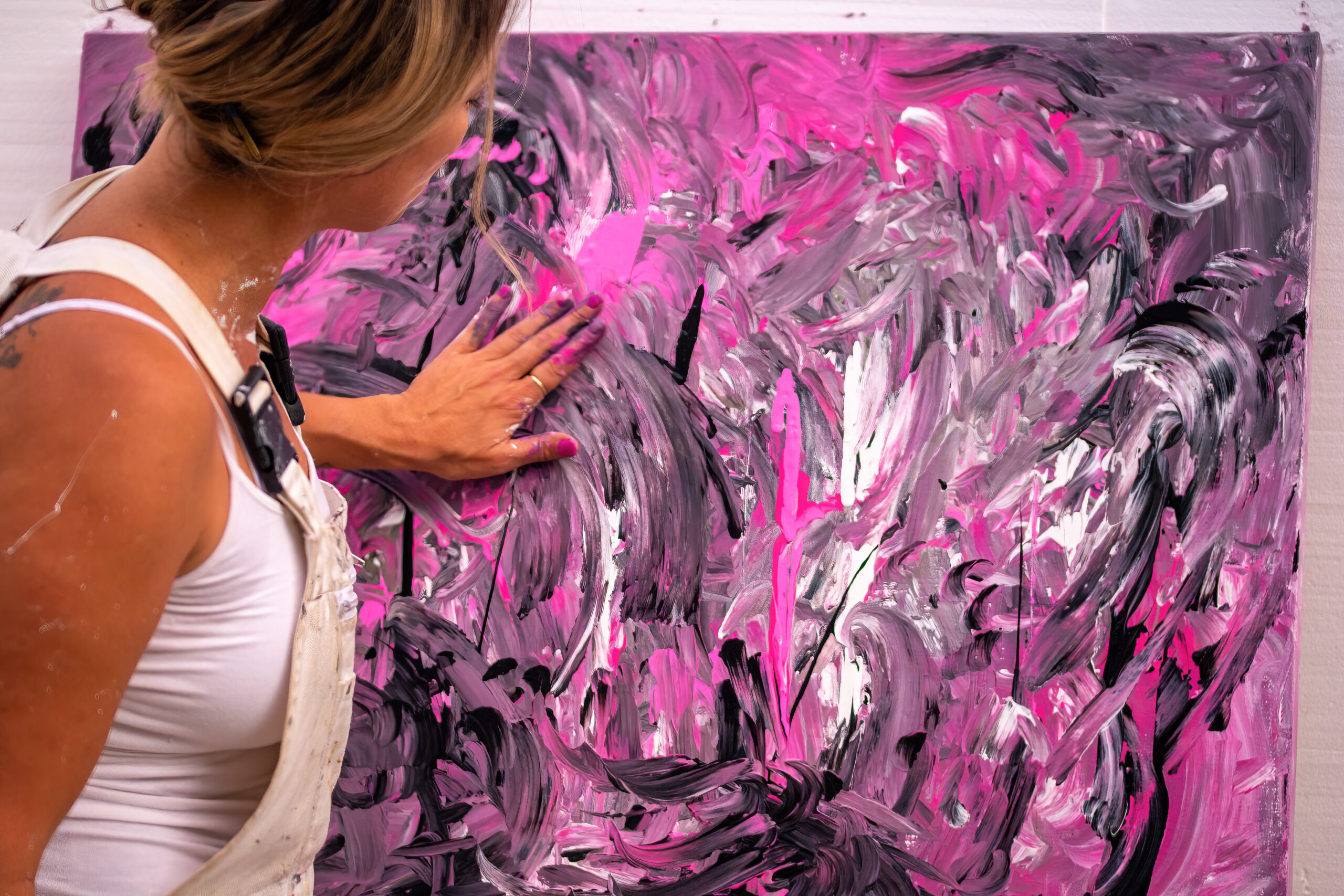
Share your story!
Have a story you'd like to share with Dr. Kelly, connect today!
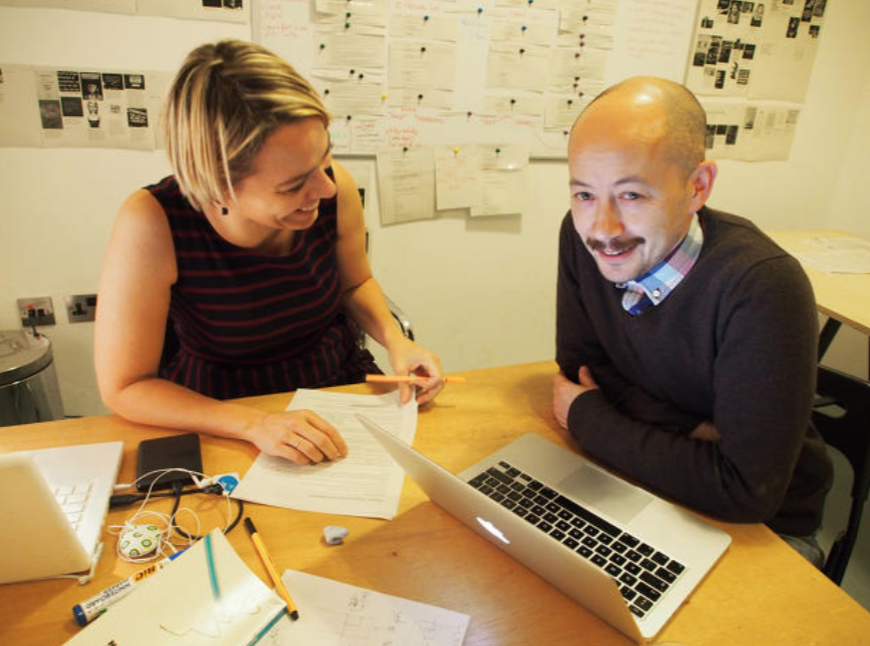
Dr. Kelly writes about the social design of data, technology and story. She shares about how the innovations and technologies we design and build impact us and are influenced by our stories, who we are, what we do, how we love, learn, and the ways we work. She explores the human stories, poses the hard questions, and is committed to uncovering the often invisible impact of living, learning, and working with technology.


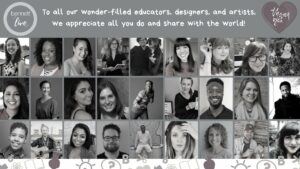
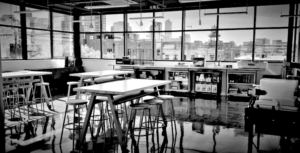
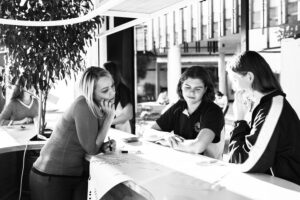
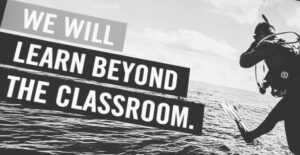
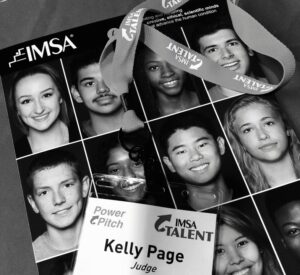
Where the Leadership Magic Happens. Investing in Youth Ideas and Innovations. When we give and invest in spaces for young people to create, explore and
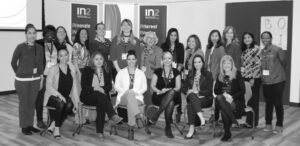
IMSA hosts a conversation about the myths and reality of being a Women in STEM and being the change. Like most women in a STEM

Coding IS the language of women. Programming WAS invented by a woman. What I wish every technology engineer and dev knew about women in technology. Women SLAY in technology. It is only people who don’t know their history who think otherwise.

Twitter is contributing to a more social experience of reading and writing fiction with writers and readers becoming more actively aware of each other. It is also affording artists with a space to experiment with the expression of their work across multiple modalities.

Learning how to collaborate and work in groups coexists with learning how to participate in social writing practices with and through social media. Young people are entering higher education with high levels of personal digital experience.

When considering the design of technology and its learning, it is important to consider how people are socialized to think about their skills and tech use along with gender roles and gender stereotypes.

It was week two of the spring semester and I’d just confirmed the details for taking a class of college students into the field to visit Redmoon Theater and 1871, both in Chicago. These emergent opportunities mean I need to change the order of the syllabus I’d given out to my students at the beginning of the semester. The questions remained how they might feel about it.
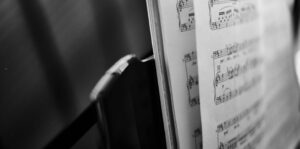
If ever there is a question about the human mind I think many of those in design and education would like to explore, it is our understanding of creativity. What could technology tell us about the brain patterns of artists in the midst of their work?

As adults, we are somewhat aware that the technology we use is monitoring or tracking us. While often unaware as to what our cell phones,
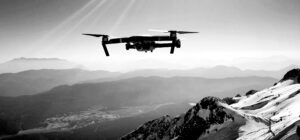
Is it possible to include the word love and drone in the same sentence? Could we ever come to love drones? It depends on how we
Share your story!

